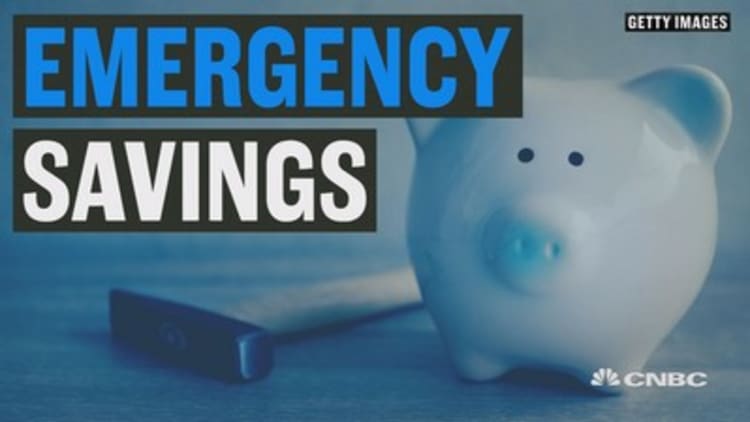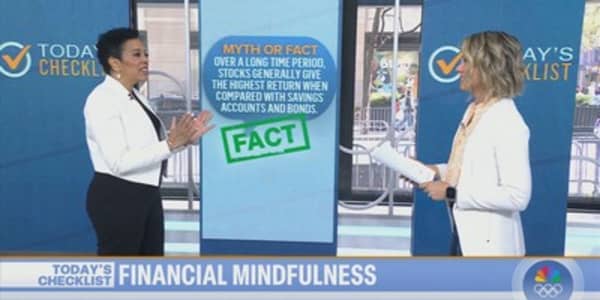Even if you don't owe Uncle Sam, tax season might be unhealthy for your finances.
"Extraordinary" medical payments are most common in March and April, according to a recent analysis from JPMorgan Chase Institute. The bank assessed anonymized account data from 25,000 Chase checking account customers between January 2013 and December 2015. (See charts below for some of the common bills, and consumers most likely to encounter them.)
Medical payments were more common in months where families' income was higher. Researchers called out tax refunds as a key contributor: 16 percent of families with a large medical payment had received a tax refund within the three months prior.
"Families may have delayed either medical treatment or payment of their medical bill until they were able to pay," the report said.
There are other reasons you might face a big medical bill early in the year. Researchers pointed out that high bills during that time period could reflect policyholders paying off their plan deductible before coverage kicks in.
But using tax refunds to cover medical bills or debts didn't necessarily improve families' bottom line. A year after an emergency medical payment, almost half of families still had depleted savings and a third still had elevated credit card debt.
"Even with more money in their pocket from tax refunds, the strain of major and unexpected medical costs are hitting families hard and making it difficult for them to recover," Diana Farrell, president and chief executive officer of the JPMorgan Chase Institute, said in the press release.

Wrangling emergency expenses
Here are some resources from CNBC's personal finance team on precautions that can help you limit the impact of an emergency bill:
4 great ways to head off a financial shock
Where to stash your emergency fund in a low-yield world
Time to start an emergency fund






